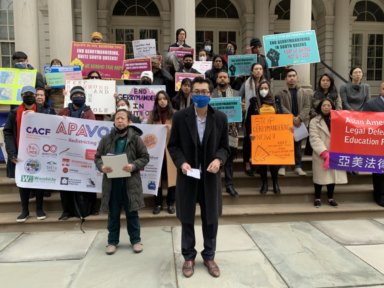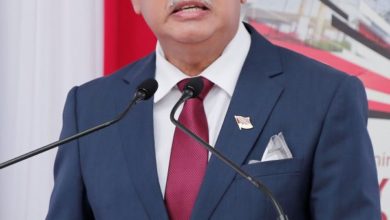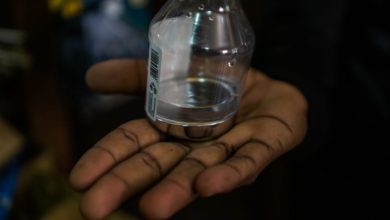Coalition of Asian organizations demand representation in city redistricting

As the fate of New York’s Congressional and state legislative districts is being litigated in the courts, a group of grassroots organizations is already focussing on the city’s redistricting.
A coalition of Asian American civic organizations rallied on the steps of City Hall Tuesday, calling on the city’s Districting Commission to draw new City Council districts that will give Asian communities an equal opportunity to elect candidates who represent their concerns in the upcoming redistricting cycle.
The coalition, billing itself the Asian Pacific American Voting and Organizing to Increase Civic Engagement (APA VOICE) Redistricting Task Force, will hold five town halls in areas with large Asian and Pacific Islander populations to engage community members in the city’s redistricting over the next two months. These areas include Brooklyn’s Chinatown in Sunset Park and Bensonhurst, Queen’s Chinatown in Flushing and Bayside and its South Asian and Indo-Caribbean community in Richmond Hill and South Ozone Park among others.
APA VOICE is made up of groups including OCA-NY Asian Pacific Advocates, Korean Community Services, Caribbean Equality Project and Asian American Legal Defense and Education Fund.
John Park, who convened APA VOICE and runs MinKwon Center for Community Action in Flushing, said there’s a number of reasons why it was necessary to create this task force. These include the growing size of the city’s Asian American population – which is now at 18 percent – and the fact that the Asian community was hit particularly hard economically by the coronavirus pandemic and has been the target of a dramatic rise in violent hate crimes.
“The only way that we as a community can hold the City Council and the city accountable is through the City Council districts,” Park said. “And that is why we have come together as communities who were outsized impacted by the pandemic. Now we are here to demand that we have equal voice in all of these districts. And that our voices aren’t compacted, aren’t watered down. So that we can maximize our participation in how we need to build this city back the right way.”
The city’s Districting Commission consists of 15 members – seven appointed by Mayor Eric Adams and eight by the City Council – who are tasked with redrawing City Council districts ahead of the legislative body’s 2023 election cycles. The city charter instructs the mayor and council to appoint the independent commission to draw new districts every 10 years, following the U.S. Census.
Brianna Cea, president of OCA-NY Asian Pacific Advocates, said it was through a similar organizing effort that Brooklyn’s Asian American community – which grew by 43 percent over the past decade – achieved its first near-majority state Senate district in Brooklyn in this year’s Congressional and state legislative redistricting.
Cea said she would like to see the same organizing tactics in the City Council redistricting to achieve majority Asian American districts on the city level.
“We must continue to do the same for City Council,” Sea said. “So our communities – such as Bensonhurst – are not split into multiple districts that do not empower our community. We urge our leaders in the City Council to hold public hearings and commit to a fair and transparent redistricting process that works for the people of New York City.”
Assistant Director of Korean Community Services Kevin Cho said the Asian American communities his organization works with in Flushing and Bayside have been severely impacted by the pandemic. This is because many of them, immigrants with a low-English proficiency, had trouble accessing pandemic-related financial relief like Paycheck Protection Program (PPP) loans.
It’s imperative, Cho said, to have Asian American representation in this redistricting, so communities like Flushing and Bayside can have representatives who understand what challenges they face.
“Why this redistricting is so important is because we need to keep our communities of interest together,” Cho said. “But we also need to draw lines that really reflect the growth in our communities. And lastly, we need to be able to elect candidates of our choice. So that the people understand us, but also understand these issues.”




